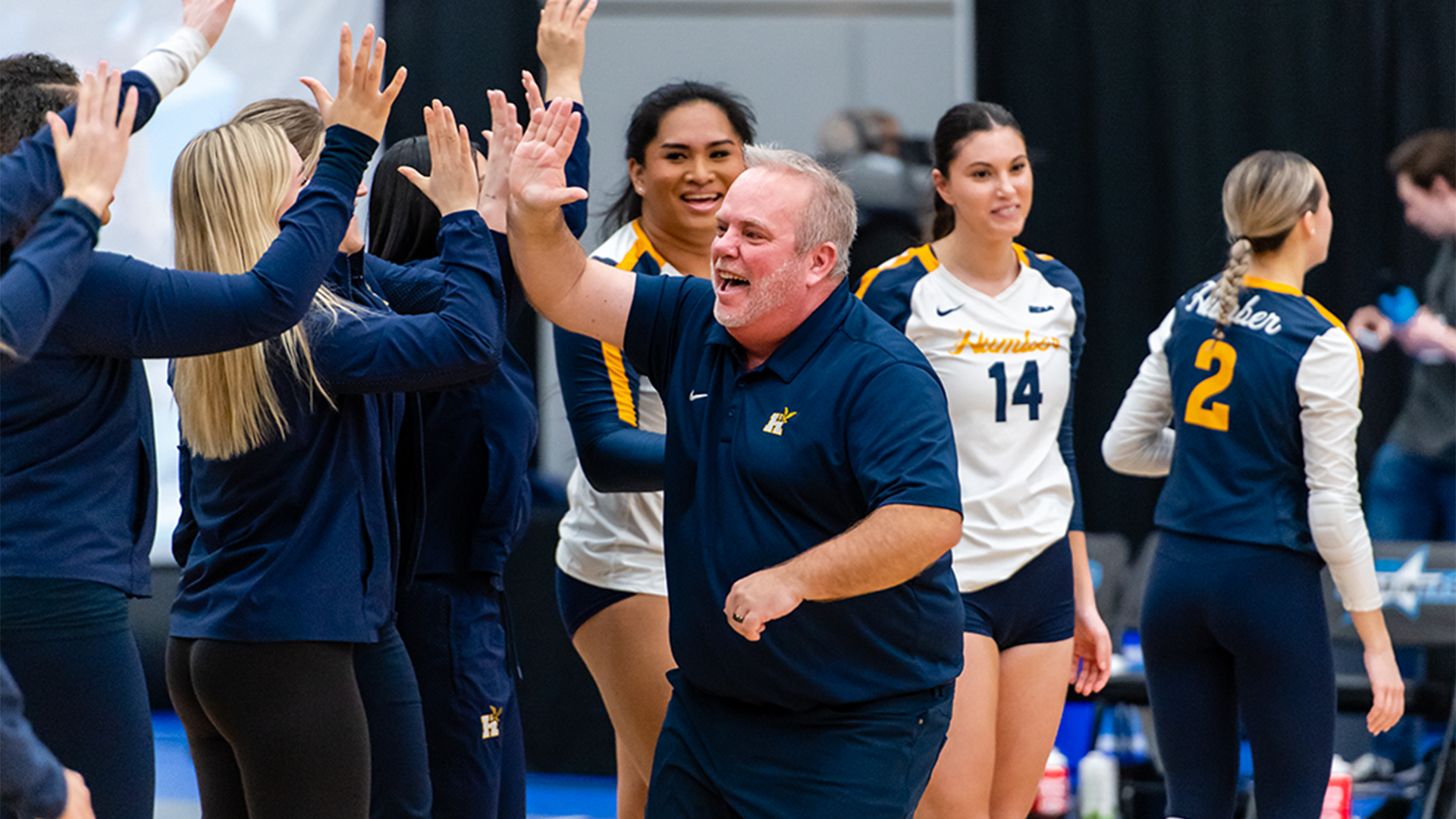National Women’s Sports Day is an opportunity to look at the past, present, and future of women’s sports, professionally and at the college level.
“Individuals within Canada soccer claim to care and say they want to make a push for change, but it seems as though they are not keeping their promises,” Humber College soccer player Catarina Medeiros said.
Medeiros won rookie of the year in 2020 and is now on her fourth year of college soccer. She has been playing soccer for as long as she can remember and has always been dreaming of going professional ever since she was a little girl.
There have been big steps forward with women’s sports around the world, like the introduction of many professional leagues in Europe. The progress in North America however, has been a little bit slower. Not very many sports that have professional women’s leagues.
“For whatever reason women’s sports are looked at as secondary and the money doesn’t go there,” said Chris Wilkins, Humber College women’s volleyball coach.
Humber has a rich history when it comes to sports whether it’s the men’s or women’s team and they are known for winning. But because of the very few opportunities in North America, many women don’t get the change to live their dreams after college.
“Eighteen per cent of women who come out of high school continue to play the sport beyond the college and university level,” Wilkins said.
The NCAA claims that in 2018, 53 per cent of men went professional in their first year after playing at the college level.
The WNBA and PWHL are two leagues that are revolutionizing the future of women’s sports in North America. Next up is the Canadian Professional Women’s Soccer League, set to kick off in 2025.
Medeiros thinks this league will be great for many women who wish to play professionally in the country.
“We have so many talented, female, soccer players, who oftentimes I have to resort to leaving the country to follow their dreams,” Medeiros said.
Isabella Bernardi is a goalkeeper for the Humber hawks soccer team, she is a friend and a teammate of Medeiros.
“Coming from someone who plays League 1, which is considered semi-pro soccer, there is really not much else for me to go beyond that in Canada. I think it is long over due for a pro women’s league in Canada,” Bernardi said.
Ceejay Nofuente, the assistant coach for the Humber women’s basketball team, is the college’s all-time leader in points, assists, steals, and blocks.
After graduating college in 2018, the Toronto native moved to Europe to pursue a career in professional basketball.
Even with the introduction of more professional leagues within different sports, it will be nothing without coverage.
A 2019 study by USC/Purdue University on sports television coverage shows that 95 per cent of many news and highlight shows including Sports Center is focused on men’s sports.
“There should be some dedicated resources; If they showed the product I think fans would jump on board right away,” Wilkins said.
True to point, the PWHL Toronto team sold out the 19,800-seat Scotiabank Arena for its Feb. 16 game against Montreal. PWHL Minnesota plays its home games at the Xcel Arena, home of the NHL’s Minnesota Wild, to large crowds.
In America, the Equity in Athletics Disclosures Act made it mandatory for colleges to make all gender equality funding information available to the public.
There is very little information in Canada on how much funding women are getting compared to men.
“This would be a great thing to have in Canada because it would give more clarity as to how the funds are being divided,” Wilkins said.
Finance is a huge problem in women’s sports because not only are there not enough funds going into it but the pay gap is also very evident between men and women.
A 2023 study by Adelphi University showed the disparity between the genders in professional basketball. The average NBA player makes $10.7 million, and the average WNBA player makes $113,295.
“One of the biggest issues is the pay within women’s soccer. This can be very discouraging for individuals working towards that position,” Medeiros said.
“As a result, you start to think of other options for what your profession will be in life, and this takes away from the dream that you once had,” she said.
Bernardi acknowledges the progress that has been made over the years, but it doesn’t take away the discrimination that she had to face for many years of her life.
”I will always remember in my younger years playing against the boys team my age there was always a form of sexism, which has gotten better over the years but has never fully gone away,” Bernardi said.

